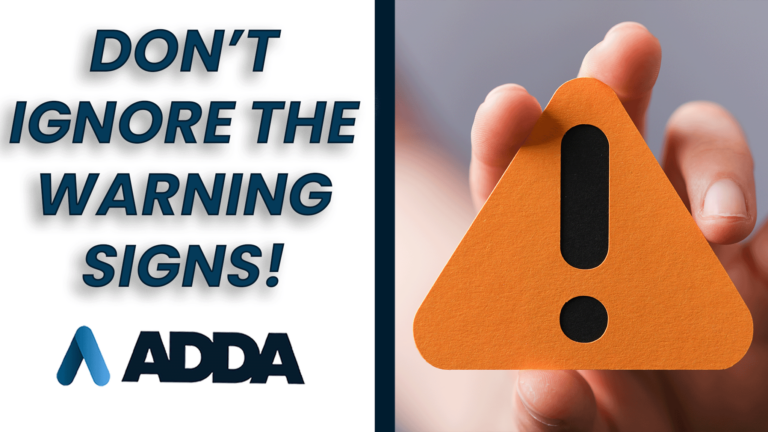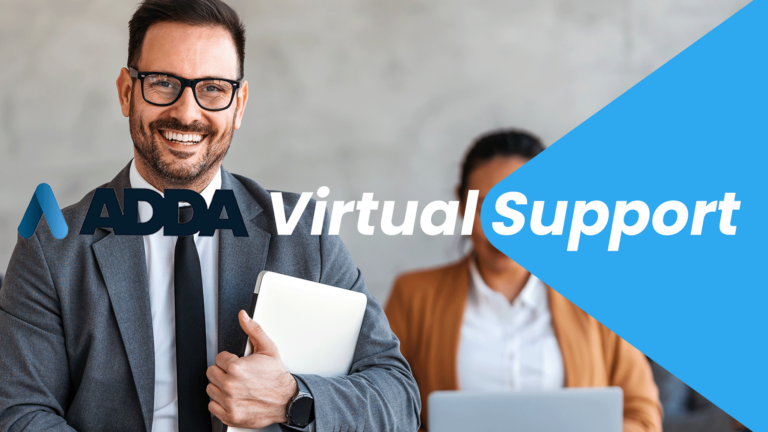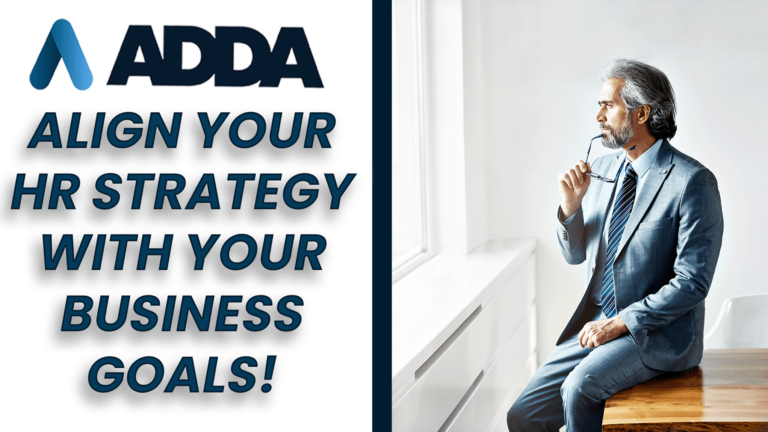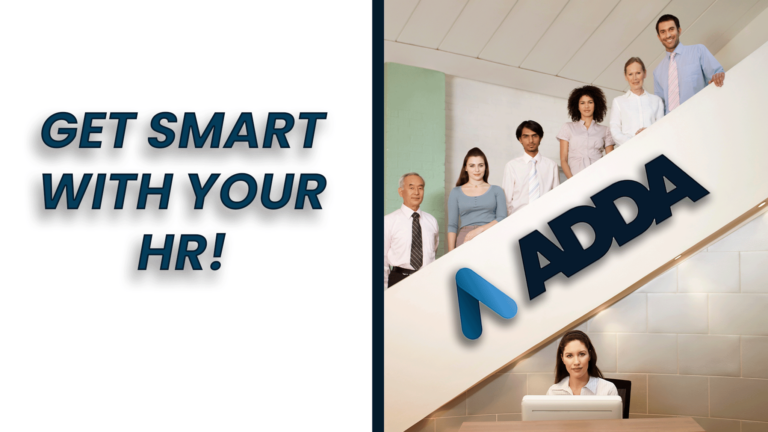The times they are a-changing, and so too are the people who make up your business. Although managing a multigenerational workforce isn’t a new problem, it’s quickly becoming a more pressing issue for businesses everywhere.
In addition, retirement ages seem to be trending older, all while Gen Z eagerly enters the workforce with their own set of expectations. Unfortunately, avoiding generational differences isn’t an option, so how can you bridge those gaps among your team?
Managing a multigenerational workforce comes with unique challenges, especially at the moment we find ourselves in today. Four different generations (and, in some cases, five, including the Silent Generation) occupy offices everywhere right now. Moreover, your Baby Boom, Gen X, Millennial, and Gen Z employees all carry distinct attitudes and approaches into the workplace. Often, this leads to beautiful things like mentorship and innovation, but sometimes heads clash over differing expectations, worldviews, and communication styles.
Embracing your multigenerational team for their differences creates better collaboration and fewer harmful conflicts. Then, your business reaps the rewards of this vast range of experiences and ideas. In this blog, we’ll share some tips to help you manage your multigenerational workforce.
Steer clear of stereotypes
Remember that no matter where your employees fall in your multigenerational workforce, they’re all individuals. As such, they have distinct personalities and values regardless of their age. Don’t assume that your Baby Boomer colleagues are inherently less tech-savvy than their Gen Z counterparts. In fact, many Gen Z workers experience friction between the expectations of their tech skills and reality. This leads to greater feelings of shame when they cannot work through technological problems.
No one is lazy, entitled, a workaholic, boring, unserious, a better leader, or any other designation simply because of their age. Managing your multigenerational workforce requires you to meet each employee on their own level and appreciate the unique abilities they bring to the workplace.

Managing different priorities
Now, there’s a difference between avoiding stereotypes and acknowledging some common characteristics and priorities. Your concerns in your twenties are likely different from those in your forties. The average 24-year-old is probably focused on finding their footing in the workforce and adulthood, while a 45-year-old could be raising their children, dealing with new health issues, and perhaps also managing a team. But, of course, not everyone in those groups shares those same priorities.
Similarly, workers’ expectations from their employers are constantly changing across generations. For example, Gen Z heavily values DEI and work-life balance. As a result, they may be more likely to reject the idea of working the occasional weekend to finish a project than their older peers. However, that’s not an inherently bad thing. When employees value their mental health and inclusion, they’re more likely to be engaged at work and avoid burnout.
Still, that can create situations where older employees feel the younger generation isn’t working hard enough or “paying their dues.” The best way to avoid an “Us versus them” situation in a multigenerational workplace is to accept differences and find common ground. You can’t fit a square peg into a round hole. Instead, educate each other about these values, and establish clear expectations by which everyone can abide.
Clearing up communication
Just as priorities shift over time, so too do language and methods of communication. Some employees may feel comfortable sending strings of emojis, tossing out the occasional “LOL,” or sharing silly GIFs. Others may see that as a bit too informal for the workplace, as they prefer more to-the-point conversations.
Furthermore, mediums of communication carry different meanings for employees across different generations. A random phone call may seem benign to a Gen X manager, but their Gen Z employee’s brain is going right to the worst-case scenario. Some prefer to communicate over Slack or Teams, while others love email. Someone might tend to send an after-hours email about a project, and others don’t even keep Slack on their phone.
To effectively manage your multigenerational workforce, you need to nail down communication. First, find out how your team prefers to keep in touch and what they feel is appropriate. You can do this at a team level if you’re a larger business or a company level if you’re smaller. When you establish those boundaries and expectations, you’ll avoid a lot of miscommunication.

Facilitate learning opportunities
Because your multigenerational workforce is chock full of excellent individuals, encourage them to share their knowledge. That can look like a formal mentorship program where older employees educate younger coworkers on navigating their careers early on. You can also implement leadership coaching to help future managers develop essential skills.
However, it’s crucial not to approach all learning from the top down. Millennial and Gen Z workers are just as likely to have invaluable insights as their older counterparts. Working across generations helps your company weather storms and implement positive change for the future. Find people with exceptional skills, and foster an environment where everyone is eager to learn, regardless of age and rank.
Reassess your benefits
As we mentioned earlier, priorities change as you navigate your life, so your company’s benefits should provide value for your entire multigenerational workforce. The key to an excellent benefits package is acknowledging that everyone’s concerns matter, regardless of where they’re at in life.
Gen Z workers are often thrilled by tuition reimbursement programs, but their Millennial coworkers may prefer support as they prepare to buy their first home. Meanwhile, other workers might have their eyes on your retirement benefits or prioritize excellent health coverage for their family. Although you can try your best to cover all this ground alone, we encourage you to start by asking what your people need. Find out what your team wants instead of trying to support what you think a multigenerational workforce needs.
ADDA can help your workplace!
Navigating this multigenerational workforce presents some hurdles, but it also comes with significant upsides for businesses ready to embrace it. ADDA’s HR experts understand what it takes to maximize employees of any age.
Contact us today to learn how we can support and grow your business with our HR services.









